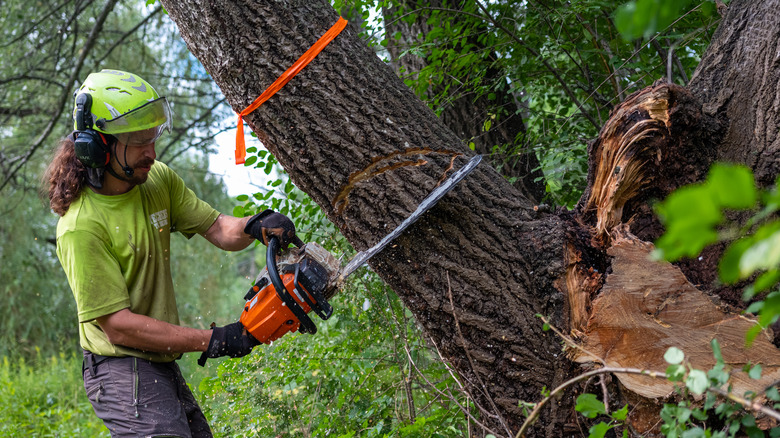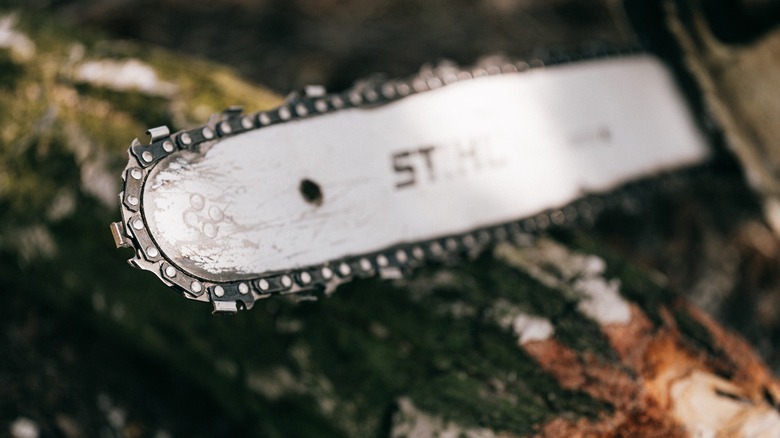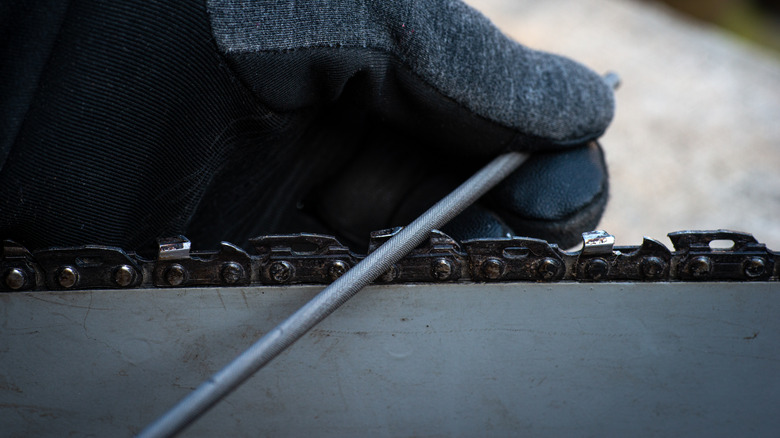How To Sharpen A Chainsaw To Keep It Cutting Cleanly
A chainsaw is a powerful and versatile tool that can make a wide range of tasks more manageable, from cutting down trees in your yard to sawing through logs and lumber. However, like any other tool, it needs regular upkeep to function at its best. One of the most crucial maintenance tasks for a chainsaw is sharpening its chain. A sharp chain is vital for efficient cutting and can make the job not just easier but safer. Dull chains can cause the chainsaw to work harder and can increase the risk of accidents, such as kickbacks. Not only that, but a dull chain can cause a rough cut that can damage trees or other materials.
A chainsaw that is in need of sharpening will display several signs that it is no longer performing at its best. If you find that yours is struggling to cut through wood or is making slow progress, it's likely that the chain is dull and needs to be sharpened. Another sign to look out for is the production of fine sawdust instead of larger wood chips. This can indicate that the chain is dull and is tearing through the wood instead of cutting cleanly. Finally, if the tool is smoking even when sufficiently oiled, it likely needs attention. It's recommended to take a file to your chainsaw every time you refuel so that the process takes less time and the saw consistently functions well.
Preparation for effective sharpening
Before you sharpen your chainsaw, you will need to gather a round file, a flat file, a guide, and a vise. The round file is used to sharpen the cutters, the flat file is used to shave down the depth gauges, the guide shows you how deeply to file, and the vise will hold the saw in place. It's also important to take essential safety measures by wearing protective eyewear and appropriate safety gloves. To avoid any potential injury, disconnect the chainsaw from its power source to prevent it from accidentally starting during the sharpening process. Next, you'll need to clean the chainsaw by using a small brush or compressed air to remove any debris and dirt that may have accumulated, making it easier to identify which parts of the chain need to be sharpened.
Inspect the chain closely and identify any damaged or dull cutters, which are the pointed teeth on the chain. You should also check the depth gauges, which are the small, sharp bumps in front of each cutter that determine how deep they will cut. If the depth gauges are too high, it can make it harder to make a clean cut. Lastly, use a marker to identify which cutter you will sharpen first to remember your starting point.
Tips and techniques for precise sharpening
After the chainsaw has been placed in the vise, grab your round file and start at the cutter where you've made your mark. Also, use a guide to help keep the file at the right angle. It's important to file in one direction, and each cutter will typically require about three strokes. Once you're finished with the first one, file every other cutter the same way until you reach the end. After you're done, turn the chainsaw around and file the rest of the teeth by following the same method. Once everything is nice and sharp, use the depth gauge guide to see if a depth gauge needs to be shortened. If so, use your flat file to shave it down.
Once everything is at the appropriate height, lubricate the chain with chainsaw oil to reduce friction and improve performance. Before using the machine again, test it on a small piece of wood to ensure it cuts cleanly and effectively.



